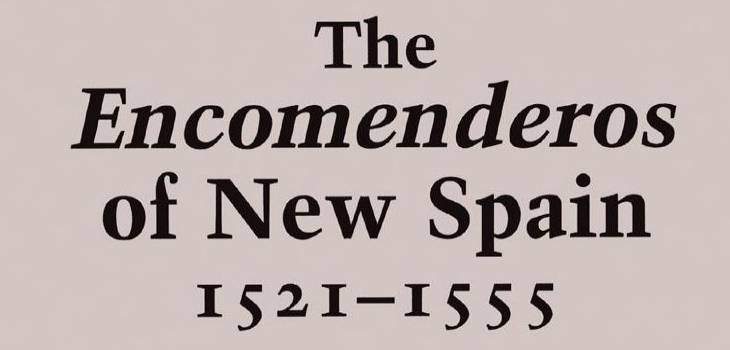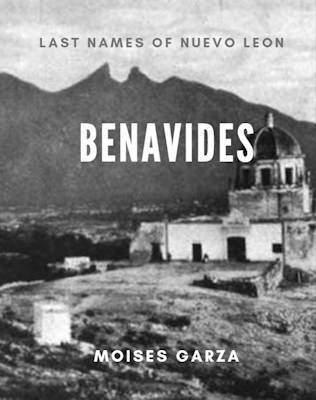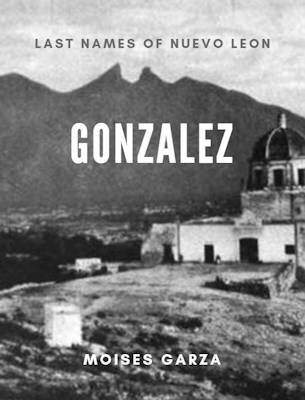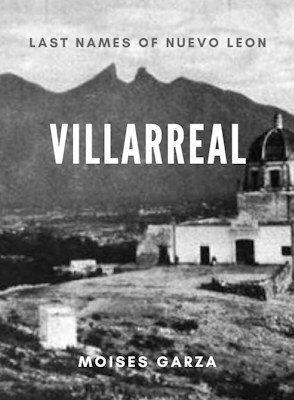While researching the early conquest of Mexico and it’s conquistadors I also came across another great book titled, The Encomenderos of New Spain 1521 – 1555.
An encomendero was entrusted with the pacification and Christianization of any Native Americans within the allotted land that they would receive from the Spanish crown.
This book is a great resource to anyone doing genealogy research on the early families of New Spain (now Mexico).
Before I go any further if you missed my previous post titled “Who”s Who of the Conquistadors” make sure to check it out since I think that book should be read before this one.
This book provided me with a wealth of information on my 15th great grandfather Alonso de Estrada and his family. Not to mention it also provided me with other great sources to check out.
Book Cover of The Encomenderos of New Spain 1521 – 1555
Click here or on the above image to view on Amazon.com
Description of the book The Encomenderos of New Spain 1521 – 1555 by Amazon:
While the Spanish conquistadors have been stereotyped as rapacious treasure seekers, many firstcomers to the New World realized that its greatest wealth lay in the native populations whose labor could be harnessed to build a new Spain. Hence, the early arrivals in Mexico sought encomiendas—”a grant of the Indians of a prescribed indigenous polity, who were to provide the grantee (the encomendero) tribute in the form of commodities and service in return for protection and religious instruction.”
This study profiles the 506 known encomenderos in New Spain (present-day Mexico) during the years 1521-1555, using their life histories to chart the rise, florescence, and decline of the encomienda system. The first part draws general conclusions about the actual workings of the encomienda system. The second part provides concise biographies of the encomenderos themselves.
Table of Contents:
As I like to do, here is the table of contents so that you may get a better idea of what you can expect to find within the pages of this book.
Part One: The Encomenderos as a Group
1. Introduction
2. The Encomenderos’ Backgrounds: Regional Origins, Social Standing, and Experience
3. Cities and Encomendias
4. The Integration of the Encomenderos into Local Society: Patterns of Association through Marriage, Office-holding, and Encomienda Sharing
5. Comparison and Conclusions
Part Two: The Individual Encomenderos
Introduction
The Biographies
Appendixes
A. Roster of First Conqueror Encomenderos
B. Roster of Conqueror Encomenderos
C. Roster of Poblador Antiguo Encomenderos
D. Roster of Poblador Encomenderos
E. Roster of Indian Encomenderos
F. Citizenship of the Encomenderos
G. Methodology Essay
About the Author of the book The Encomenderos of New Spain 1521 – 1555:
Robert Himmerich y Valencia is Associate Professor of History at the University of New Mexico, where he also serves as Editor of the New Mexico Historical Review
Where to buy the book The Encomenderos of New Spain 1521 – 1555:
- Amazon.com – New $31.45 and Used starting at $31.44 as of the writing of this article. I bought my copy new. BUY NOW
Let me know your opinion in regards to this book and or if you also found any of your ancestors listed on it.








I already have this book bought it a long time ago. Will review it.
It is a nice book, I used it recently to find a few ancestors.
Seeking Spanish land grant info in Sonora- does the book cover this ( though may later years I need- How would one go about findig this info? Thank you
Ask in our Sonora facebook group here is the link to our groups https://mexicangenealogy.com/mexican-genealogy-facebook-groups/
I am interested in the experiences of Francisco Maldonado Dorado del Hierro as “Conquistador de Venezuela,” he arrived with the Germán Speyer and later joined Fedderman. Although born in Laredo his family like mine was origined in Ampuero, Cantabria. We are related.
I have tracked Preciado to Colima, with Efren Preciado singing a permit for use of a branding Iron in about 1650 and a Francisco Preciado, Jesuit priest, who was on the first ship up the California coast.